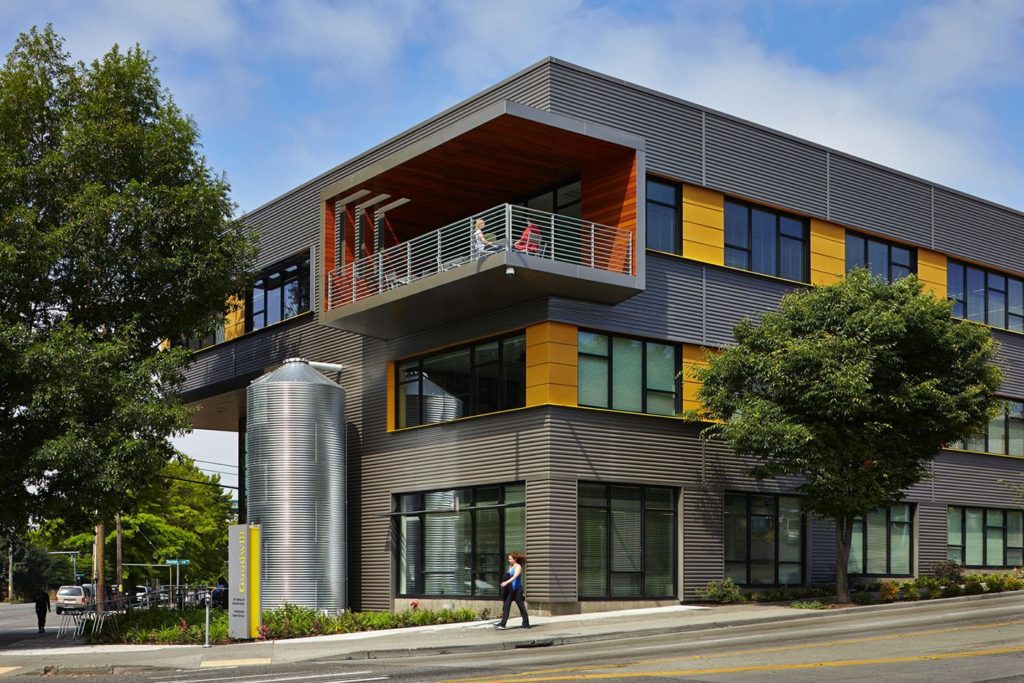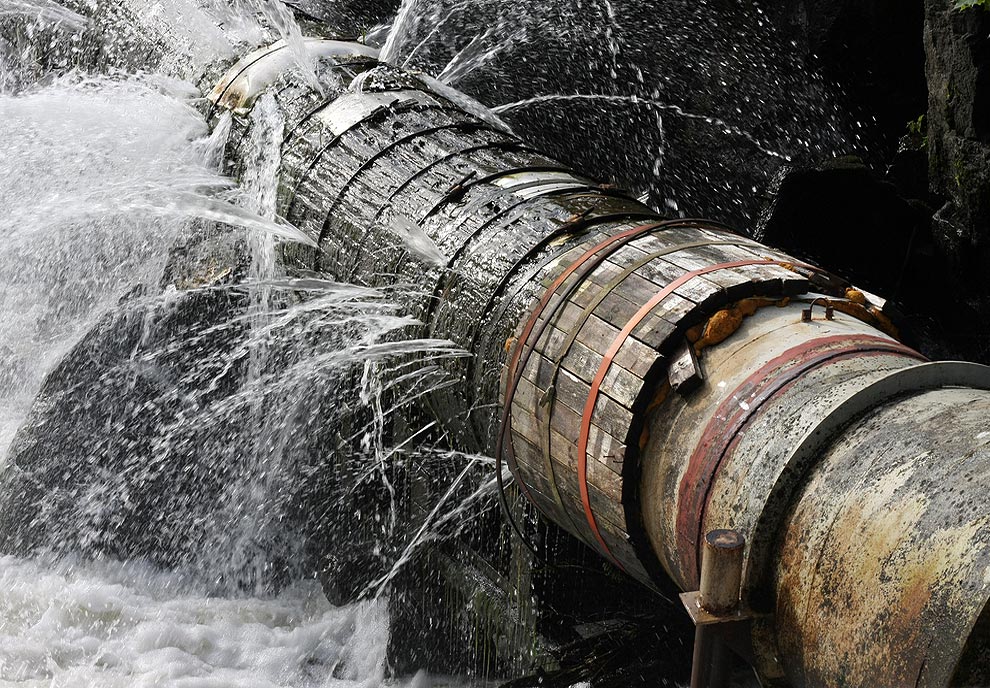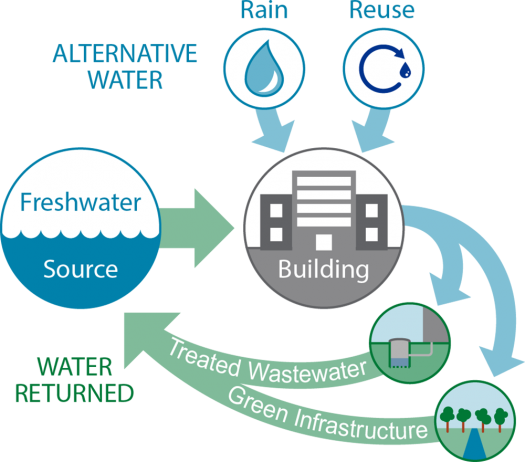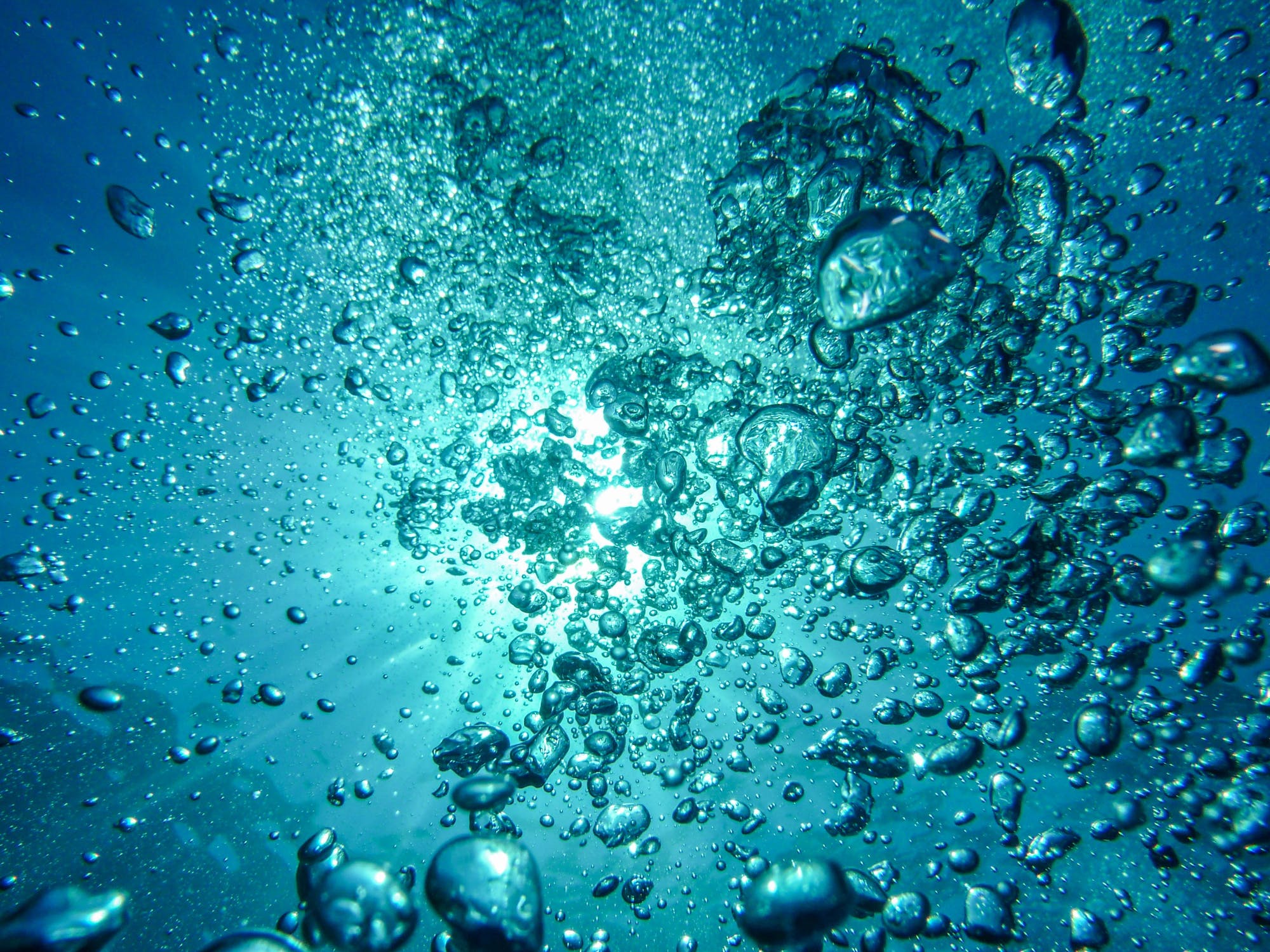This is the ninth in an ongoing series illustrating the relationship of Drawdown strategies to landscape architecture. For context, read the initial post here.
Water is fundamental to discussions about climate change. Specifically the major shifts in water that will occur through global warming — droughts, extreme precipitation events, storm surge, and sea level rise, all are part of the daily dialogue of climate, a between extremes of too much water and not enough. While adaptation is important to reduce the impacts of these forces on society and ecosystems, it’s difficult sometimes to see the links between water and its role in mitigation. Drawdown offers a range of possibilities.
From a pure efficiency standpoint, the idea of Home Water Savings connects water use directly with energy use, to “clean and transport water, to heat it if need be, and to handle wastewater after use.” This #46 ranked solutions can reduce 4.61 gigatons of CO2, and while it includes a number of building-specific uses like laundry, hot water, and dishwashers, does have a significant potential for outdoor usage, up to 30% for homes. Thus, key landscape architecture solutions like rainwater harvesting, use of plants that require little or no irrigation, and when needed, use of efficient irrigation options like drip or spray-rotors can contribute much to water savings and thus less energy. These are all standard options in the sustainable sites toolkit.

A big part of any water system efficiency is unseen, in the form of leaks that are integral to site systems, but more evident in larger Water Distribution networks. This infrastructural-scale solution is ranked #71, and can yield reductions in CO2 of 0.87 gigatons over the next 30 years. An interesting term applies here, ‘non-revenue water’ which is shorhand for loss, and as mentioned on Drawdown, globally these are massive.
“The World Bank calculates that 8.6 trillion gallons are lost each year through leaks, split roughly in half between high- and low-income countries. Producing billions of kilowatt-hours of electricity to pump water through breaks in the world’s water-distribution networks—rather than into homes or businesses—is expensive. It also produces unnecessary emissions. By minimizing leaks and losses, both energy and water are saved.”
Better management is key, and true investment in infrastructure can also help vulnerable communities during climate induced drought and water shortages, which have occurred in some major cities. Better water security and resilience can happen not with finding new water, but by not losing most of what we already have.

Efficient irrigation was mentioned in terms of home options, and another Drawdown strategy, Farmland Irrigation, is the #67 ranked solution with up to 1.33 gigatons of reduced CO2. Although the scale is more focused on the immense potential in agriculture (up to 70% of freshwater resources!), the use of irrigation in landscape is not insignificant, and can contribute much towards leveraging climate solutions. Again, it doesn’t require any massive changes, but is rather reliant on a broader adoption of efficient options (drip, spray rotors), along with better controllers (Et-enabled and on-site weather stations) along moisture sensing, all potentially fed by harvested or reclaimed water, instead of using potable water.
Mentioned briefly in my post on Buildings & Cities, this is also the main ingredient in Net-Zero Buildings, which in the context of Drawdown focus a bit too much on energy, but can interface with water, as mentioned: “Newer net zero building push the margins further: zero water and zero waste. They harvest rainwater and process sewage on-site into compostable forms.” Thus, by taking advantage of even more resource flows, capturing runoff from mechanical equipment, capturing graywater and from sinks and dishwashing, and treating wastewater, and infusing this with captured rainwater, perhaps through living machines, we can closing the loop using captured rainwater, we can align landscape systems and building systems to maximize resource use – and by default, reduce energy use and carbon in the atmospher.

And if you want a bit more on not just reducing energy use, but creating it, the concept of In-Stream Hydro, the #48 ranked solution, with a potential of 4 gigatons of reduced CO2. Simply put, this is hydroelectric power, but the difference here is scale, not the massively impactful dams that flood large areas and prohibit movement of fish and people. As mentioned on the Drawdown site:
” Smaller in-stream turbines are different. Placed within a free-flowing river or stream, they capture water’s kinetic energy without creating a reservoir and its repercussions. The underwater analogue to wind turbines, their blades rotate as water moves past, generating relatively continuous electricity. No barriers, diversions, or storage are required, only limited structural support. No emissions ensue. “
The big advantage is less expense, more distribution, and scalability, being able to use these in remote areas with high flows with less expense to deliver energy, a not back to the water-wheels and grist-mills that powered the industrial revolution with renewable energy (before they were replaced with coal and other carbon-emitting sources). A story of coming full circle back to the technologies we started with.

The City of Portland has taken this even further, using the in-pipe energy generating turbines to capture . Via this article in CityLab, “LucidEnergy—a Portland-based startup that launched in 2007—has discovered a way to use the city’s drinking water to generate electricity without any negative environmental impacts.” Using the gravity of water flowing from the elevated reservoirs through pipes, it can generate electricity which is purchased by Portland General Electric. So far, “Portland has installed 50 feet of so-called “LucidPipes,” which generate an average of 1,100 megawatt-hours of electricity every year. That’s enough renewable energy to power about 150 homes.” A video of how it works is below.
Water and landscape are intertwined, and although not totally evident, the water-energy nexus is a huge opportunity in landscape architecture, with little or no changes to what is now pretty standard operational procedures. The less we need to move water, the more we can reduce energy use, and perhaps in innovative ways, use water to generate energy, we can reduce impacts by maximizing the mitigation of greenhouse gases.
HEADER: Water image via Pixabay

I’ve been pondering the use of irrigation for ornamental landscapes recently. Understanding that agg is a giant suck on water resources, is there any data on the extent of usage for purely aesthetic reasons? Or sports fields? One of the more egregious users would be the golf industry. Especially considering that humans tend to want to golf in areas where the sun shines more.
All this pondering makes me believe that homo sapiens are a very long way from adapting to the reality of climate change (particularly in the US). Looking at it from a social equity viewpoint, golf is a sport very much reserved for those with means. When the SW US starts to experience even more severe water shortages will we have the political will to cut off that entire industry? If we do, I think that will be a bellwether event signifying that we are (finally) taking this shit seriously.
Should I start holding my breath now?
Agreed – the paradigm shifts are underway, and finding solutions to how we transform landscape architecture is a good collective project. I’ve had trouble finding industry-specific data on many things related to landscape, including maintenance wastes, irrigation use, materials – probably due to the relatively small footprint of our collective work and the lack of introspection. I’m wondering if folks writing about sustainable sites have these #s and in particular some of the resources on this (i.e. Meg Calkins work) are being updated with climate change impacts in mind. A lot, even SITES, seems mostly focused on what to do, and has less specific info/data on what the current impacts are.
As someone that got into landscape architecture through my (mostly former) love of golf, reconciling the ecological and social impacts of the sport is hard to do – and . We did some Salmon Safe certification of golf courses up in Seattle, the the use of reclaimed water, IPM strategies and such did a lot to show what possible, but it seems like that level of effort and awareness was the exception, not the rule. The water scarcity is going to hit, and hit hard — and it’s going to seem asinine to water golf courses and lawns in certain areas while cities are running out of drinking water.
Yet I still thing efficient irrigation, ideally from reclaimed or harvested sources is useful and maybe even necessary, and in our PNW climate, being able to bridge our summer drought and in cases where die-back will impact ecological integrity, supplement landscapes. Maybe it’s a hold-on to my aesthetic sensibilities beyond pure utility, but even using native plantings, the novel ecosystems we’ve created cannot be sustained when in hot cities, surrounded by concrete, without some radical changes in what plants we use, how we maintain them, and how water fits this. Climate impacts will inevitably shift our expectations – and I’m hoping the analysis will make us more proactive, and less reactive in these situations.
Good stuff to ponder.